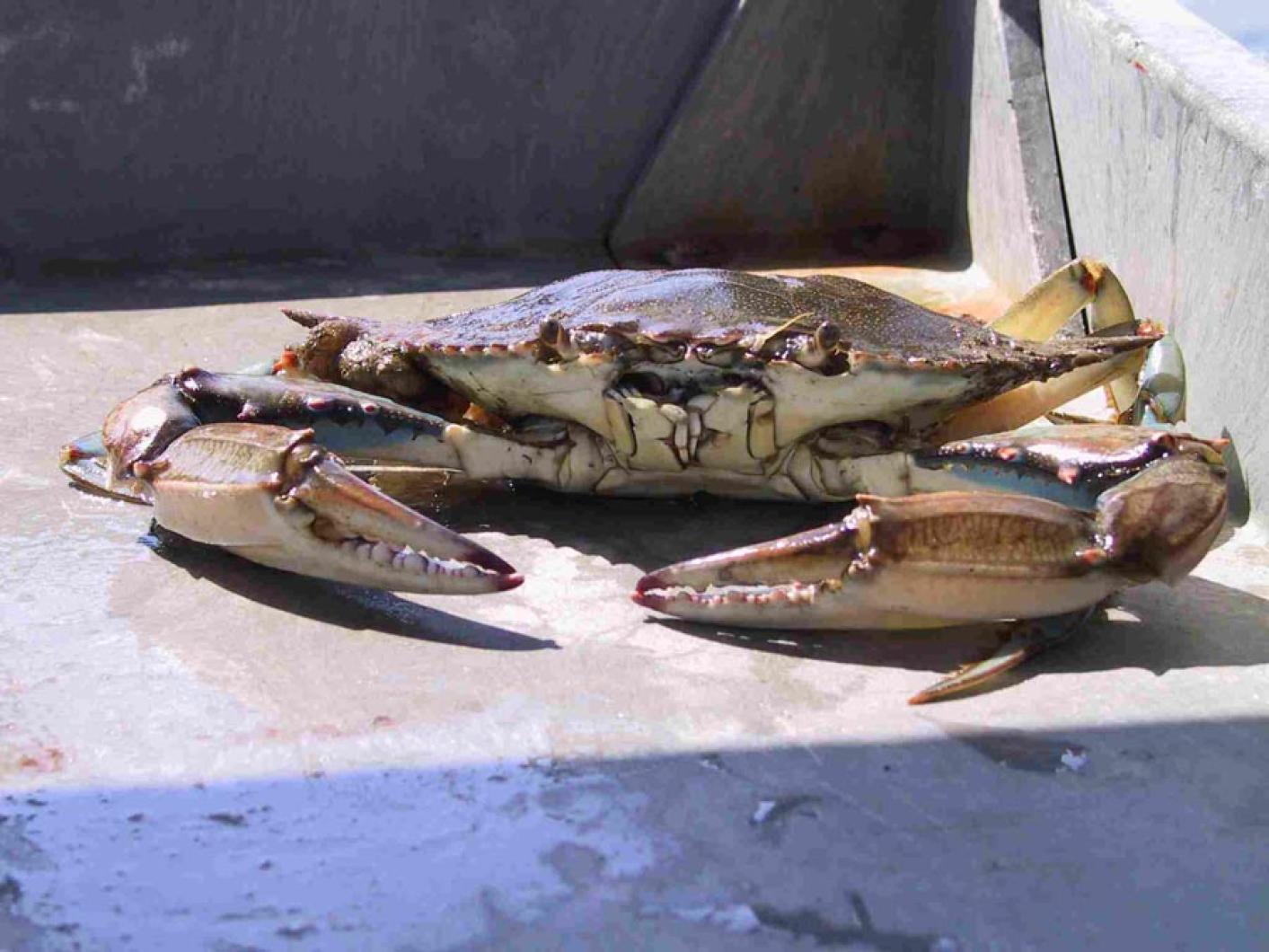Alec Gale had a great summer. With the economic engine in the country not powering, his entrepreneurship is helping to propel the Island’s oldest industry; Mr. Gale helped a number of Menemsha-based commercial fishermen make a living this summer.
He did it by creating a sort of bridge across the water, connecting Island fishermen to markets on the mainland. Mr. Gale made trips in his boat from the Menemsha dock to Woods Hole carrying the fishermen’s catch of the day. On the last day of his season, Wednesday, Mr. Gale said he had averaged around 4,000 pounds of fish a day.
Fishermen would rather fish than go hunting for buyers, and Martha’s Vineyard doesn’t have enough of an appetite to eat 4,000 pounds of fish a day. To keep the fishing industry viable, there needed to be a reliable way to get fish to the mainland stores.
Mr. Gale didn’t fish; he simply provided the reliable transportation and stuck to a schedule. Though it may sound simple, that is no small task.
Going into the summer his biggest product was striped bass. Locally caught striped bass are highly prized fish on the mainland, even more marketable when it comes from the Vineyard fresh. The striped bass was caught by rod and reel commercial anglers.
Mr. Gale said he got into helping the Menemsha fluke fishing fleet, too. At the height of the season he said he was helping 12 draggers at one time.
Mr. Gale has the right boat for the task, a Bruno Stillman 55. The boat is named Jane Lee. “She is named for my sister and my grandmother,” Mr. Gale said. “I bought her last winter. The boat had been a shrimper,” he said. It once had fished out of South Carolina.
Mr. Gale said the boat was perfect for the summer, better than one he used previously, called the Deborah Lee. Jane Lee had a lot more space for fish in the hold. To make the heavy work a little easier, he also added a hydraulic crane that came off a truck.
“She is also a much more rugged boat,” he said. During the summer he handled plenty of locally caught fish, including sea bass, scup and monkfish. “I got a lot of squid from the Mayhews,” Mr. Gale said. The summer work load was made easier with the help of Vinnie Iacono, a high school student. “We were hard on him,” Mr. Gale said with a smile. “He helped me a lot.”
The commercial season for striped bass ended on Tuesday. Mr. Gale made his last trip of the season on Wednesday. “It was my best summer yet, by far,” Mr. Gale said.
His attention now shifts inland. What is he going to do now? “I am a stonewall mason,” Mr. Gale said.
Commercial Season Ends
The commercial season for bluefish ended on Friday and the season for striped bass ended on Tuesday.
The state Division of Marine Fisheries set the dates based on estimates when the quota for each species would be taken. The Massachusetts quota for bluefish is 516,619 pounds. The quota for striped bass in the state is 1,107,828 pounds. The timing couldn’t have been better for the organizers of the Martha’s Vineyard Striped Bass and Bluefish Derby, where the month-long contest begins Sunday.
Perceptions can create unwelcome tension between competitive anglers. Say a well-known commercial angler walks into the derby headquarters with a winning striped bass. He may be fishing with all the integrity of a good sportsman, and fishing by the rules, but his livelihood can make it awkward.
Steve Morris of the Dick’s Bait and Tackle Shop said he is pleased that the commercial season closed, as it has in years past, well before the derby. “It gets people out of a predicament that they might find themselves in.”
After the Storm
The fishing has changed with the departure of tropical storm Hanna last weekend. Mr. Morris said absentee false albacore have shown up in better numbers. Tuesday was a good day for hunting for albies at the entrance to Lake Tashmoo. “All along the North Shore they were seen,” Mr. Morris said. He said fishermen also found schools of albies off State Beach in Oak Bluffs.
Squirt Testing
The inshore waters of the Vineyard have evidence of an invasive sea squirt. David Grunden, shellfish constable for the town of Oak Bluffs, reports that after months of sampling Island waters, a scientist from the Woods Hole Oceanographic Institution found evidence that sea squirts (tunicate) were invading Island waters.
The marine invertebrate already has been found in huge numbers on Georges Bank. There are parts of Georges Bank covered with 6.5 square miles of them, and the affected area is expanding.
The scientist doing the work is Mary Carman of Woods Hole. Mr. Grunden said 10 separate species were identified, two of which were determined to be native, after Ms. Carman made at least half a dozen visits to the Vineyard.
Mr. Grunden said they were particularly interested in the variety that grows on eel grass blades, as this could have a long-term impact on the future of bay scallop restoration. Further work is needed. Mr. Grunden said they plan to set up long-term monitoring sites at least in Sengekontacket and Lake Tashmoo.
“There is enough there to be of concern,” Mr. Grunden said.
Participants in the study included the Oak Bluffs, Edgartown and Tisbury shellfish departments and the Wampanoag Tribe of Gay Head (Aquinnah). A report on the findings will be given at the International Conference on Shellfish Restoration to be held on Nov. 19 and 20 at Charlestown, S.C.
Blue Crab Public Hearing
The state Division of Marine Fisheries and the Marine Fisheries Advisory Commission will hold three public hearings in the state next week, and one of them is taking place in Tisbury. The Tisbury Town Hall hearing will be on Thursday, Sept. 18, at 5:30 p.m.
The state seeks comment on a petition submitted by the Edgartown selectmen and others seeking to curb the harvesting of blue crabs to a bag limit of 50 crabs per day for commercial and recreational fishermen. With the rising value of bait for conch and other species, pot fishermen have taken a larger interest in the harvesting of blue crabs from the Island’s great ponds.
The hearing seeks public comment on the establishment of a bag limit. Up until last summer there was no public interest in the commercial harvesting of blue crabs, according to state officials. The need for bait may have changed that.
The state is interested in getting feedback on extending the three-year moratorium on the harvest, sale and possession of river herring. The state is also holding a hearing on the harvesting of cod from the cod conservation zone from December through January
Recreational Fishing License
Work continues at the state level to introduce a new saltwater recreational fishing license. A steering committee of 23 people from across the state has met several times since this summer.
Ed Jerome, president of the Martha’s Vineyard Striped Bass and Bluefish Derby and a charter fisherman, said the meetings have been productive.
“Everyone feels that there is a need to gather better and more effective data,” Mr. Jerome said.
The fishing license is being pushed at the federal level as a way to increase the amount of data on landings. Mr. Jerome said the federal method of making random phone calls just isn’t working. “It is not a way to run the management of fisheries,” Mr. Jerome said.
He said there is agreement within the committee that the state can put together a better recreational fishing license than the federal government.
Current draft wording would exempt charter fishermen and anglers under 16 or over 59 years of age. Efforts also are being made to make the license easy on first-time fishermen.






Comments
Comment policy »